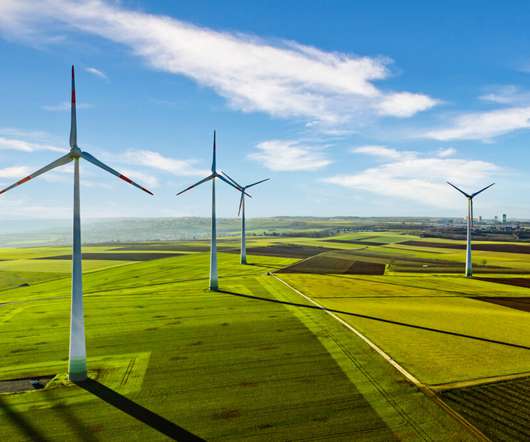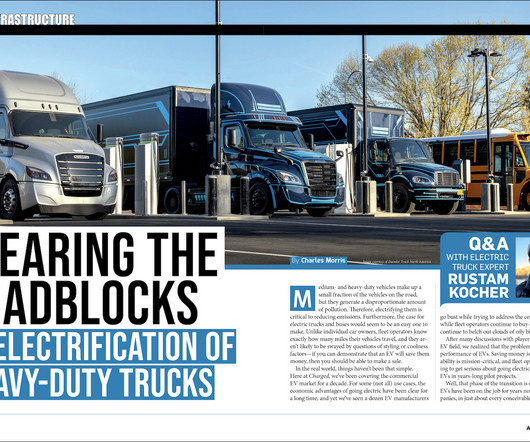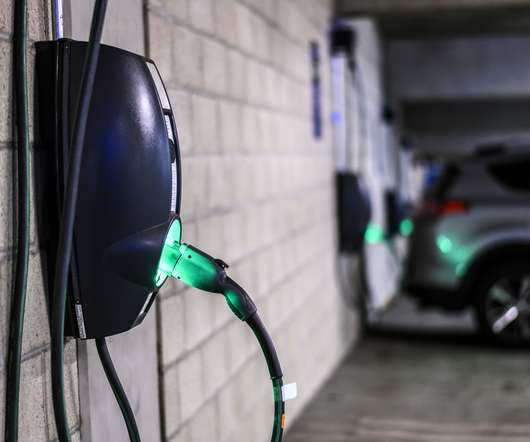ENGIE New Ventures increases investment in 2nd-life battery company Connected Energy
Green Car Congress
JANUARY 11, 2021
Connected Energy’s E-STOR, a stationary energy storage technology that extends the life of electric vehicle batteries by 5-10 years, is deployed whenever flexible, modular and short or longer-term electricity storage systems are needed.



















Let's personalize your content